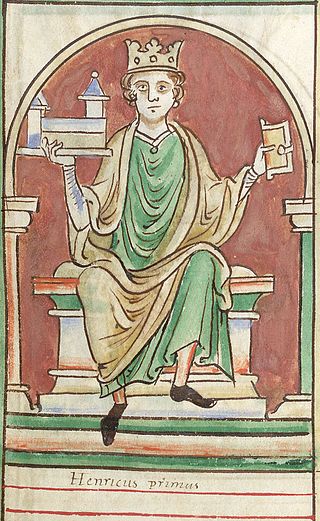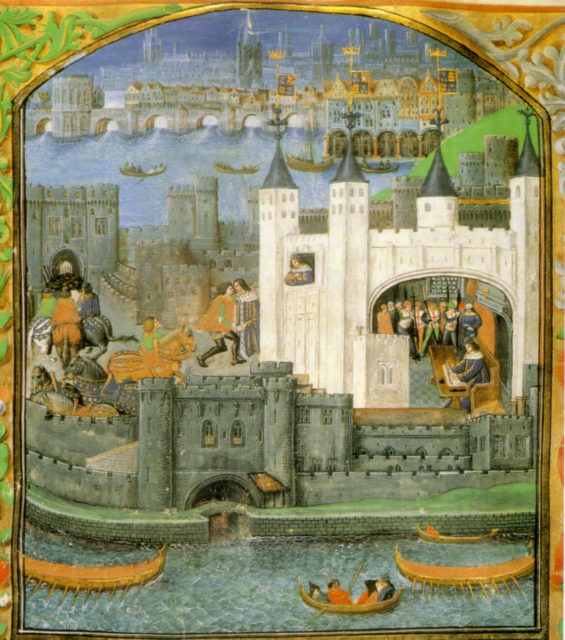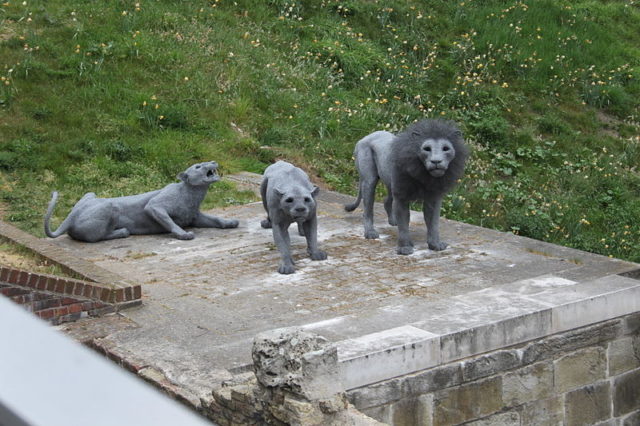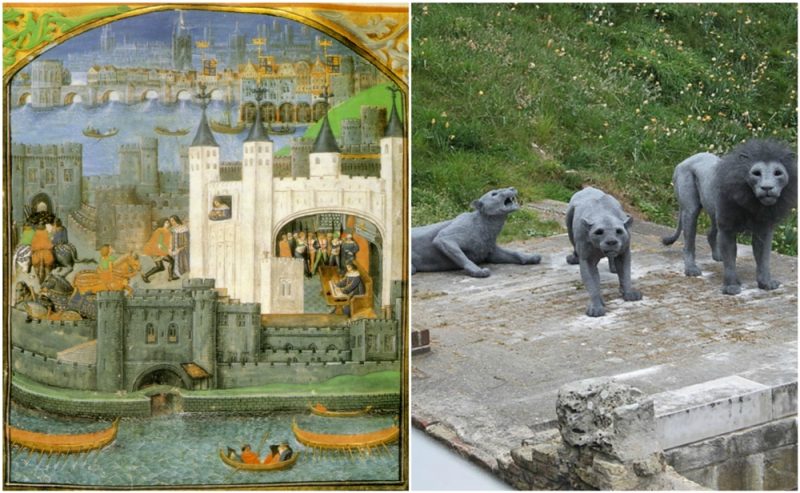It all begun when William the Conqueror, also called William the Bastard, the King of England started collecting exotic animals at his palace in Woodstock.
Around the year 1100, his son, Henry I, enclosed the Woodstock and enlarged the collection of animals. He’s known to have kept different animal spices, such as lions, camels, owls, lynxes, leopards, and a porcupine.
However, the prominent animal collection in England was the Tower Menagerie in London that began in 1204. It was established by Kind John who reigned in England in the periods from 1199-1216 and was known by collecting bears and lions.

In 1235, Henry III received a wedding gift of three leopards from Frederick II, Holy Roman Emperor. The most spectacular arrivals in the early years were white bears and elephants, gifts from the kings of Norway and France in 1251-1254.
In 1256, the animals were moved to the Bulwark, which was renamed the Lion Tower, near the main entrance of the Tower. The building contained cages with arched entrances in rows, enclosed behind grilles. They were set in two stores. The animals used the upper cages during the day and were moved to the lower storey at night.


The menagerie was open to the public during the reign of Elizabeth I in the 16th century.
However, during the 18th century, the ruthless payment method for admission to the zoo in London came to force. People could enter the zoo without paying the price of admission that was three half-pence. All they had to do was to bring a cat or a dog to feed the lions.

Animals, such as lions, tigers, bears and hyenas were held in captivity there by the end of the 18th century. In 1831 most of them were transferred to the newly opened London Zoo at Regent’s Park. However, the zoo didn’t receive all the animals but shared them with Dublin Zoo.
Read another story from us: The strange history of ‘Human Zoos’
The Tower Menagerie was finally closed in 1835, on the orders of the Duke of Wellington.
